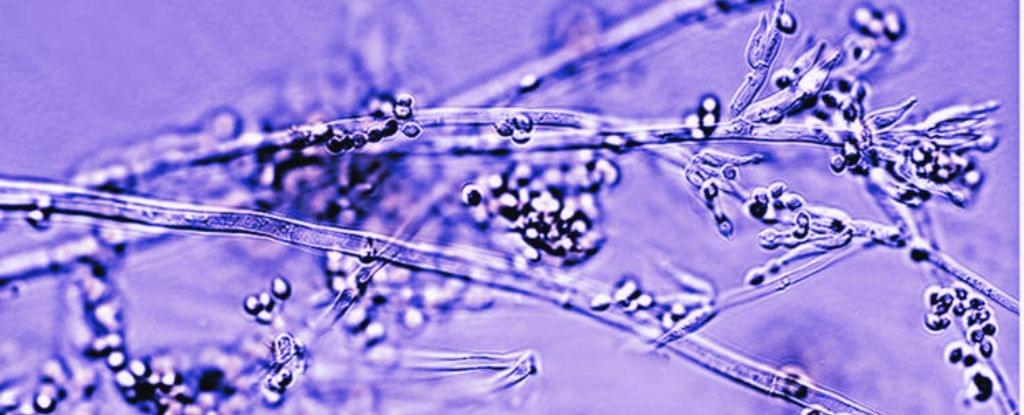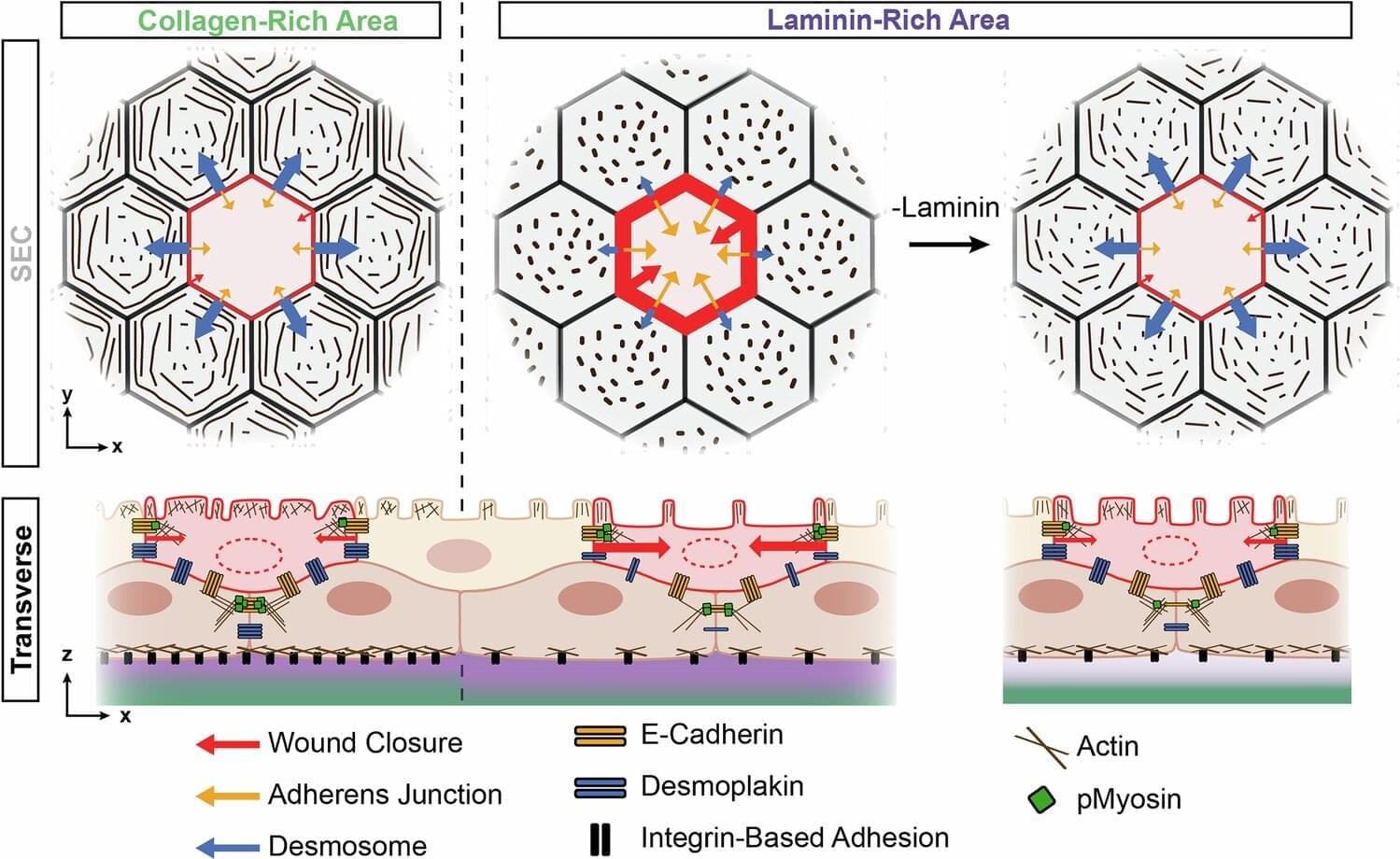USC engineers have developed an optical system that routes light autonomously using thermodynamic principles. Rather than relying on switches, light organizes itself much like particles in a gas reaching equilibrium. The discovery could simplify and speed up optical communications and computing. It reimagines chaotic optical behavior as a tool for design rather than a limitation.









